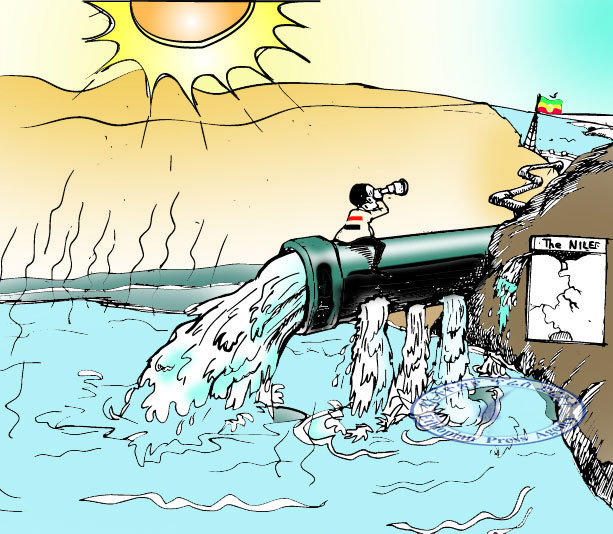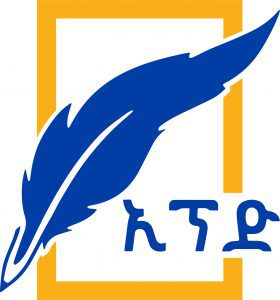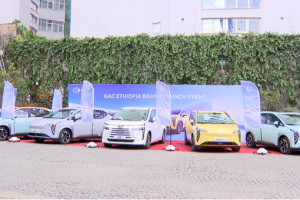
Egypt’s Lake Nasser 10-16 BCM annual evaporation could fill GERD in 4-6 years
ADDIS ABABA – Egypt has long been engaging in false and blatant rhetoric meant to concealing the facts and the real causes behind the Grand Ethiopian Renaissance Dam (GERD) claiming it would harm its national interest. But, hydraulic experts describe the allegations saying it does not hold water, lambasting Cairo’s flawed water use and management approaches.
Unlike GERD, the experts argue that Egypt has been recklessly wasting huge amount of water every year through evaporation and seepage.
Egypt incessantly says that the Ethiopian dam obstructs the Nile’s flow and the dam affects its water “share”. However, the experts say Cairo cannot claim morality to be in its side while its managements are leading to massive loss of water that it gets from the Nile annually.
And, as the dispute over GERD escalates due to Egypt’s belligerent acts, some are putting Egypt’s water use and management under scrutiny.
For long, Egypt has been wrongfully claiming that the Nile is its only source of water. However, according to reports by the UN’s Food and Agriculture Organization (FAO), the annual precipitation in Egypt is significant that could enable the country to get an estimated 51 billion cubic meters, which is nearly equivalent to the country’s claim of “share” of Nile waters.
Even, Al-Haram online, Egypt based media outlet, reported that Egypt has failed to take advantage of this water resource; only 1.3 billion cubic meters per year are currently in use, as this is the amount that falls on the Nile Delta region. Rainwater, if properly used, could be one of the most important sources of water.
While complaining about the size of the renaissance dam, Egypt had previously constructed Aswan, creating a 6,000 square kilometers surface area massive Lake Nasser behind it—or rightly dubbed as the largest man-made-desert lake and an evaporation pan.
The fact is this: the GERD is not the largest dam in Africa, Full stop. Egypt’s own High Aswan Dam (HAD) itself is more than twice as large as the GERD at 169 BCM volumetric storage capacity; 6,000 square kilometers reservoir surface area, 600 Kilometers length, argues a commentator in the area who rather preferred anonymity.
“Located in one of the hottest points of the world, the Sahara, Lake Nasser loses to evaporation annually anything between 10-16 BCM of the total Blue Nile inflow. The water lost to evaporation at HAD is sufficient to fill the GERD, according to the Ethiopian filling plan of 4 – 6 years.”
In contrast, GERD located in the cooler Ethiopian highland, is expected to lose only between one-fifth and one-eighth that of HAD (1.67BCM) annually, he argues.
Egypt’s tendency to accuse Ethiopia over the use of Nile is unacceptable as its own water mismanagement is wasting over 20 percent of the Nile waters every year, Egypt is carelessly using the Nile waters, said Yonas Biru (Ph.D.) at a high-level meeting held lately on issues relating to GERD.
Egypt has a trillion cubic meters reserve underground water and due to the development of technology desalination of ocean water becomes easy, Egypt is a water-rich country than Ethiopia, according to him.
Research shows that the GERD is expected to reduce 86% of the siltation and sedimentation of dams in Sudan and Egypt. Moreover, the location of the GERD creates a better situation to save water that could have been lost to evaporation. Egypt in Toshka valley alone gave water concessions to few companies that consume one-tenth of Egypt’s 1959 so-called ‘historical quota’ from the Nile.
With regard to the adverse social impacts, the commentator states that it has been variously described as a total disaster of global scale and inhumane when HAD submerged the ancient Nubian civilization in its entirety and displaced 160,000 Nubians, the native inhabitants of the area, without any compensation, relocating them 100 Kilometers away, far inland in Sudan in what is known as Halfa by constructing the Khasim el Girba Dam.
The international community has been a willing partner in propagating this fictitious story. Poor Herodotus could have been right when he said Egypt is “the gift of the Nile”. This was, however, millennia ago when entire Egypt was anything but agrarian. To repeat the same claim now, in the 21st century, when agriculture which consumes over 80% of the Nile waters but accounts for only 10-15% of the country’s GDP is unforgivable – whoever happens to harp on this dated song!
The economic and psychological toll the Nubians had to bear has been transmitted across successive generations and is still as palpable today as it was 50 years ago. However, because the GERD site has been very sparsely populated only 20,000 persons were relocated, even then in adjacent locations, he adds.
Further, the health risks HAD engendered (the incidence of kidney disease in Egypt due to agricultural fertilizer and other input pollutants), the erosion of riverine and coastal area, and the growing salinization of coastal areas are serious adverse environmental impacts HAD brought on the ecosystem.
The experts insist that Egypt scales up its water use and management approach other than working to hinder the construction of the GERD which has no significant harm on its water shares.
The Ethiopian Herald June 26, 2020
BY DESTA GEBREHIWOT




